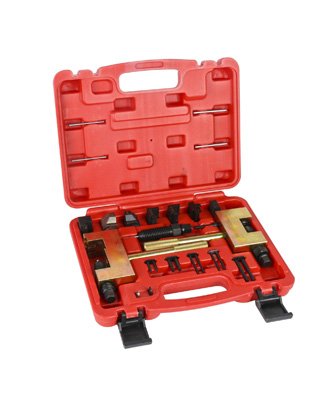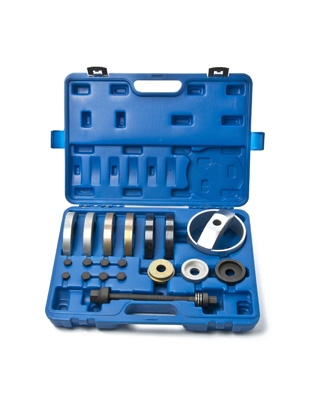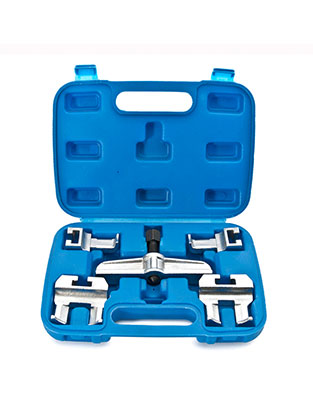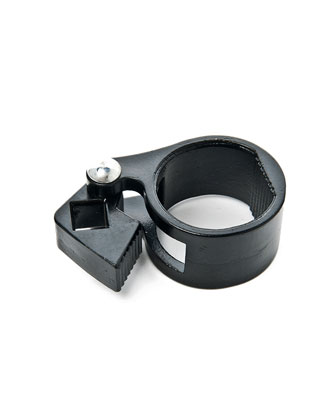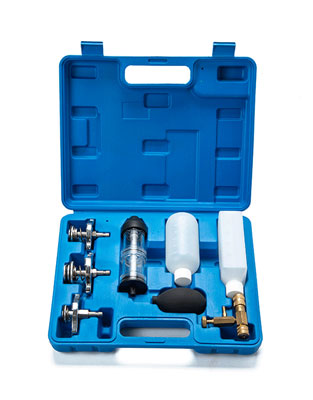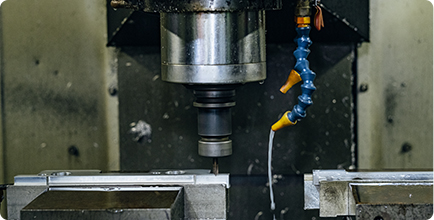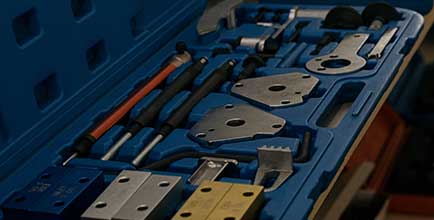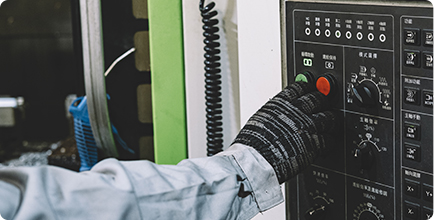Introduction to Bearing Puller Slide Hammers
In the world of mechanical work, bearing removal can be a daunting task, especially when dealing with stubborn or seized bearings. This is where a versatile tool like the bearing puller slide hammer comes to the rescue. In this guide, we'll delve into the ins and outs of bearing puller slide hammers and how to use them effectively for various applications.
The Components of a Bearing Puller Slide Hammer
Before we dive into the operational aspects of a bearing puller slide hammer, it's essential to understand its components. Typically, a bearing puller slide hammer consists of a handle, a sliding weight, and various attachments. The handle is the grip you hold, and the sliding weight is what you use to generate the force needed for bearing removal. The attachments vary in shape and size to accommodate different bearing types and sizes.
Steps for Successful Bearing Removal with a Slide Hammer
Using a bearing puller slide hammer efficiently requires a systematic approach. Here are the steps you should follow:
Identify the Bearing: First, identify the bearing you need to remove. Ensure that the area is clean and free from obstructions.
Choose the Right Attachment: Select the appropriate attachment for the bearing size and type you're dealing with. The attachment should securely grip the bearing's outer race.
Attach the Slide Hammer: Connect the slide hammer to the attachment securely. Ensure it's firmly fastened, so there's no risk of detachment during use.
Apply Steady Force: With the attachment in place, apply a steady pulling force by pulling the slide hammer in the opposite direction of the bearing's placement. The inertia of the sliding weight will generate the required force for removal.
Monitor Progress: While applying force, pay close attention to the bearing's movement. You should notice a gradual loosening as the bearing starts to come off its seat.
Repeat as Needed: Depending on the bearing's condition and size, you may need to repeat the process several times, gradually increasing the force applied, until the bearing is completely removed.
Inspection and Maintenance: Once the bearing is out, inspect it for any damage and check the housing for any signs of wear. If necessary, replace the bearing and perform any required maintenance.
Conclusion:
The bearing puller slide hammer is an indispensable tool for anyone involved in mechanical work. With the right approach and a bit of practice, you can confidently tackle bearing removal tasks, even when faced with challenging situations. Remember to select the appropriate attachment, apply steady force, and ensure your equipment is well-maintained for optimal results. Mastering the art of using a bearing puller slide hammer will make your mechanical work more efficient and enjoyable.
 EN
EN










